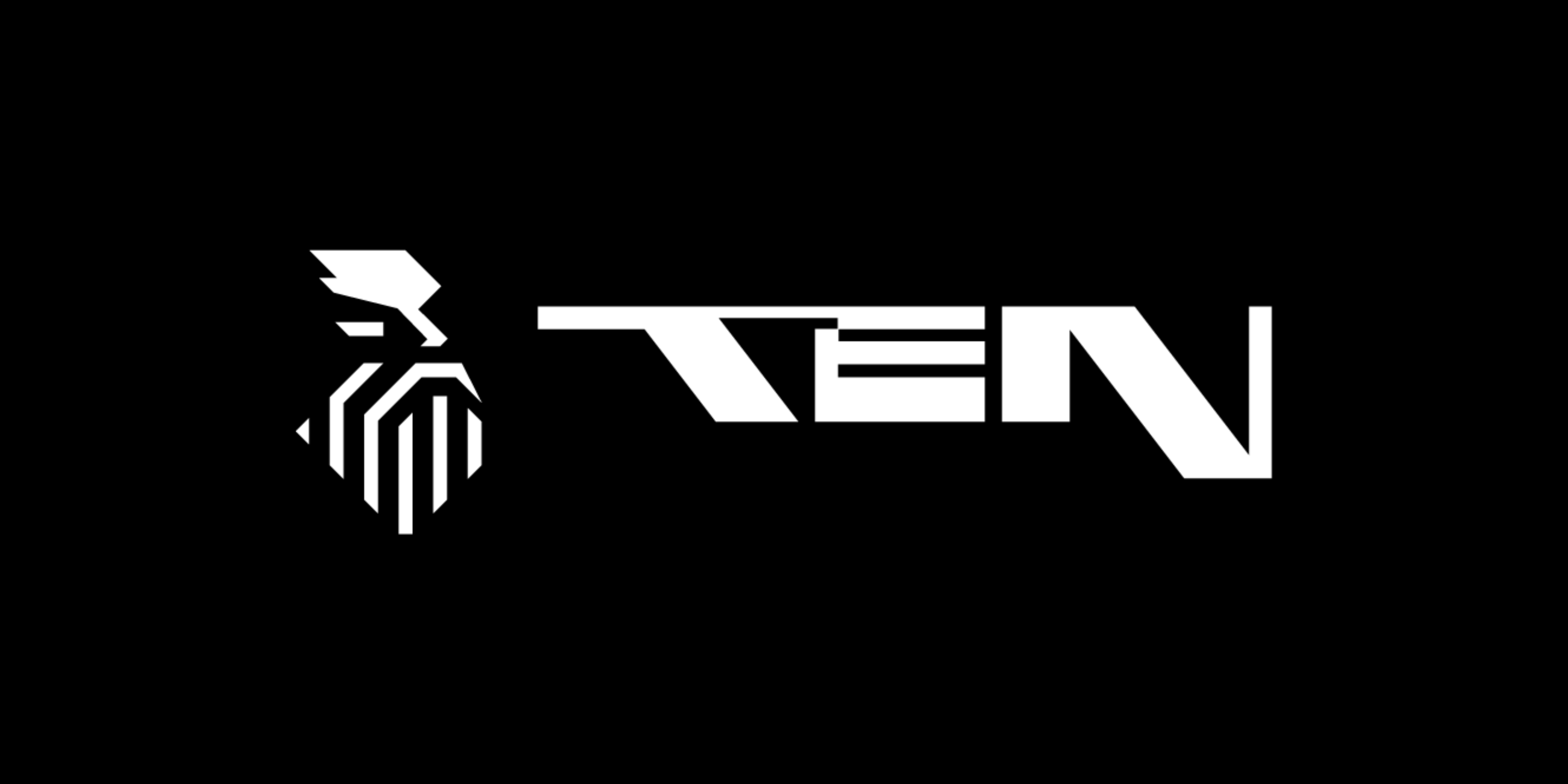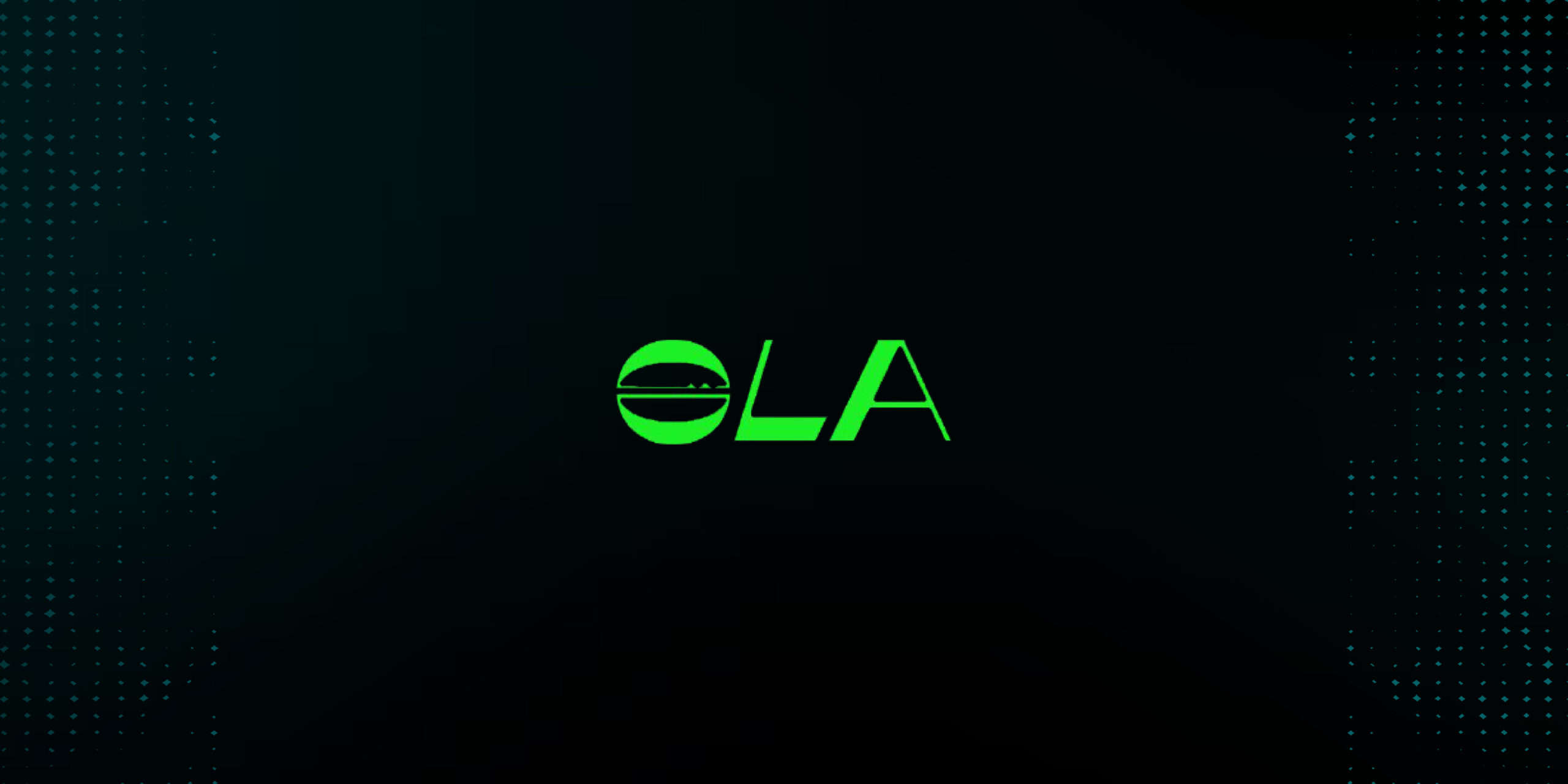Introduction
TEN presents a novel approach to privacy in Ethereum Layer 2 solutions. The project offers innovation, robust architecture, and high-quality code. With ongoing development and improvements planned, Obscuro aims to enhance usability and realize its potential. The review provides an unbiased analysis, highlighting the project’s strengths and areas for further development.
Innovation
TEN stands out as a privacy-first Ethereum L2 solution, positioning itself between Optimistic and ZK rollups. By leveraging Trusted Execution Environments (TEEs), TEN combines the best elements of both approaches. It addresses critical challenges in four areas:
- Privacy: TEN ensures encryption of inputs, contract state, and execution, providing enhanced privacy.
- MEV (Miner Extractable Value): By encrypting inputs, contract state, and execution, TEN aims to prevent front-running MEV attacks.
- Scalability: The innovative Proof of Block Inclusion (POBI) protocol developed by TEN, based on fair lottery and synchronization with L1, offers scalability improvements.
- Gas Efficiency: Through the utilization of Proof of Block Inclusion, TEN expects gas costs to be significantly lower than Ethereum L1.
TEN differentiates itself from other Optimistic-based L2s by addressing long withdrawal times and decentralization issues. It also distinguishes itself from ZK-Rollups by providing general-purpose functionality and increased decentralization. It’s worth noting that existing rollup solutions are currently centralized.
TEN employs Trusted Execution Environments (TEEs) for privacy rather than integrity. Although TEEs are less secure than ZK-Rollups, TEN mitigates risks and potential data leaks. Advanced hackers with specialized resources may access network information.
Architecture
TEN’s architecture showcases a novel approach to privacy-preserving smart contracts. It is Ethereum Virtual Machine (EVM) compatible and EVM-capable, ensuring compatibility with existing Ethereum infrastructure. The architecture scores high in innovation and demonstrates the promising potential for privacy and security.
Code Quality
TEN’s code quality is commendable, considering the uncharted territory it explores with Trusted Execution Environments (TEEs). The project showcases extensive test coverage, indicating a commitment to robust code development. The development team actively maintains and improves the codebase, instilling confidence in its quality.
Product Roadmap
The review acknowledges that no information is available regarding the mainnet launch of TEN at the time of writing. Certain aspects, such as obscuring transaction blobs and developing bridges for asset transfers and basic DeFi applications, still need to be completed on the testnet. The roadmap indicates areas of ongoing development and future enhancements.
Usability
TEN’s usability is graded as a medium for infrastructure projects. While they can integrate the blockchain with existing EVM-compatible infrastructure like wallets, certain aspects, such as ease of use for end customers, need improvement. The absence of developed bridges for asset transfers from other blockchains also affects usability.
Team
The development team behind TEN is active and comprises experienced professionals specializing in distributed networks. Their expertise and seniority in the field inspire confidence in the project’s execution. The team’s track record, commitment, and expertise contribute to the positive evaluation.
Conclusion
Based on the professional objective crypto code/tech review, TEN demonstrates considerable strengths in innovation, architecture, and code quality. The project tackles crucial privacy and scalability challenges while maintaining compatibility with the Ethereum ecosystem. Although certain aspects, such as the mainnet launch and usability improvements, require further attention, TEN showcases promise for a privacy-first Ethereum Layer 2 solution.
Tech Score
The overall tech score for TEN is 80.00%, potentially increasing to 89.09% after the mainnet launch.
| Initial Screening | |||
| Keep researching | |||
| Does this project need to use blockchain technology? | Yes | ||
| Can this project be realized? | Yes | ||
| Is there a viable use case for this project? | Yes | ||
| Is the project protected from commonly known attacks? | Yes | ||
| Are there no careless errors in the whitepaper? | Yes | ||
| Project Technology Score | |||
| Description | Scorecard | ||
| Innovation (Out Of 11) | 11 | ||
| How have similar projects performed? | Good | 2 | |
| Are there too many innovations? | Regular | 2 | |
| Percentage of crypto users that will use the project? | Over 11% | 5 | |
| Is the project unique? | Yes | 2 | |
| Architecture (Out of 12) | 11 | ||
| Overall feeling after reading whitepaper? | Good | 2 | |
| Resistance to possible attacks? | Good | 2 | |
| Complexity of the architecture? | Not Too Complex | 2 | |
| Time taken to understand the architecture? | 20-50 min | 1 | |
| Overall feeling about the architecture after deeper research? | Good | 4 | |
| Has the project been hacked? | No | 0 | |
| Code Quality (out of 15) | 13 | ||
| Is the project open source? | Yes | 2 | |
| Does the project use good code like C,C++, Rust, Erlang, Ruby, etc? | Yes | 2 | |
| Could the project use better programming languages? | No | 0 | |
| Github number of lines? | More than 10K | 1 | |
| Github commits per month? | More than 10 | 2 | |
| What is the quality of the code? | Good | 2 | |
| How well is the code commented? | Good | 1 | |
| Overall quality of the test coverage? | Outstanding | 2 | |
| Overall quality of the maintainability index? | Good | 1 | |
| When Mainnet (out of 5) | 5 | ||
| When does the mainnet come out? | 6 months after TGE | 5 | |
| Usability for Infrastructure Projects (out of 5) | 3 | ||
| Is it easy to use for the end customer? | Medium | 3 | |
| Team (out of 7) | 6 | ||
| Number of active developers? | 5+ | 2 | |
| Developers average Git Background? | Senior | 2 | |
| Developers coding style? | Solid | 2 | |
| Total Score (out of 55) | 49 | ||
| Percentage Score | |||
| Innovation | 20.00% | ||
| Architecture | 20.00% | ||
| Code Quality | 23.64% | ||
| Mainnet | 9.09% | ||
| Usability | 5.45% | ||
| Team | 10.91% | ||
| Total | 89.09% |





